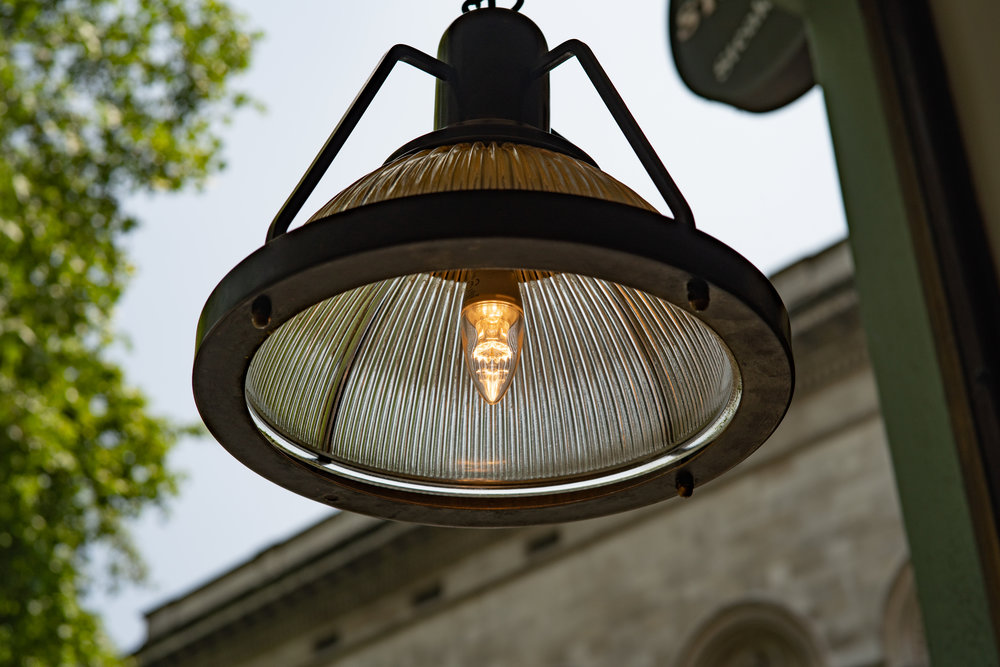
When I owned a Sony some time ago I remember casting salacious glances at reviews of the Techart auto-focus adapter. It was (and is) expensive and was an unknown quantity. Frankly, I had strong doubts about whether or not it would work. On paper, it sounds something like a creation of William Heath Robinson or Rube Goldberg.
The years passed and I never set eyes on the Techart adapter, let alone tried it. Last week, however, I reported on the arrival of the latest Sony A7III for review. Promptly my friend and reader, David Babsky, got in touch to ask if I would like to borrow his Techart. I would and I did. It arrived on Saturday morning and I lost no time in trying it out. There is nothing particularly remarkable about any of these images from the day — except that all are focused automatically. The adapter simply offers an interesting alternative for owners of M-mount lenses.
Below: Full frame on left, crop on right. Wahaca sign taken with Zeiss 50mm f/1.5 Sonnar; Rhätische Bahn loco with Leica f/0.05 Noctilux. Gin and tonic, Noctilux moving snap, something that is very difficult to accomplish using the rangefinder at such a wide aperture. Click to enlarge


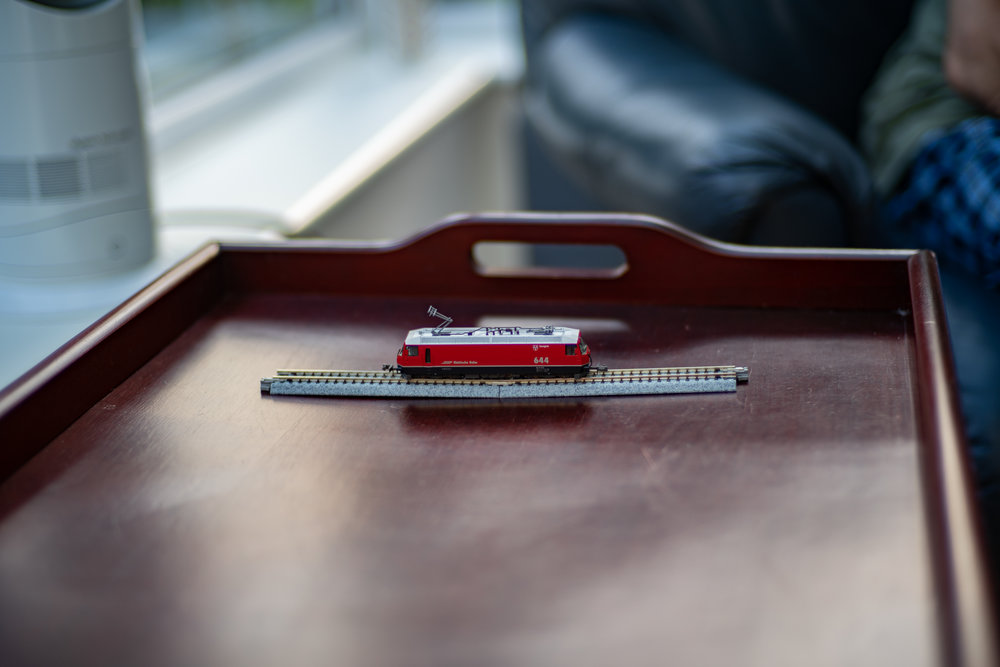
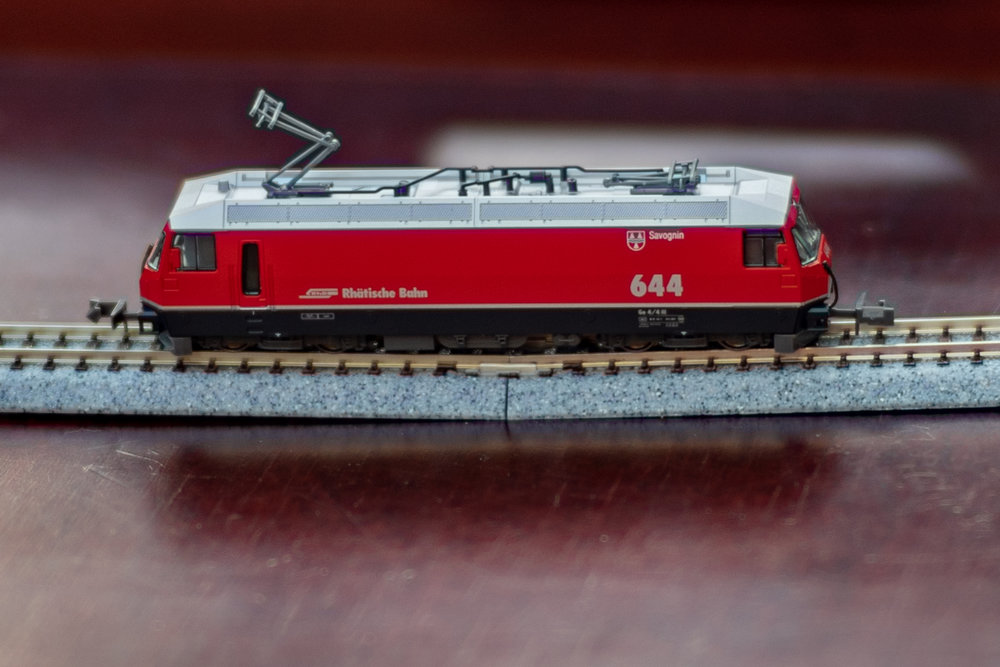


Review
I intent to review the adapter in greater detail when I’ve given it a longer run with various lenses. On Saturday, however, I took it out with the Zeiss 50mm f/1.5 Sonnar and alter, in the cool of the evening, I bolted on a Noctilux. The Nocti, at 795g, is nearly 100g heavier than the recommended 700 limit for the adapter, so I used it carefully indoors, not wanting to strain or break David’s property. However, all common-or-garden Leica, Zeiss or Voigtlënder optics are well within this limit.
Below: Doughnuts in Covent Garden, Parking Restriction in Henrietta Street, both with Zeiss Sonnar (click to enlarge)


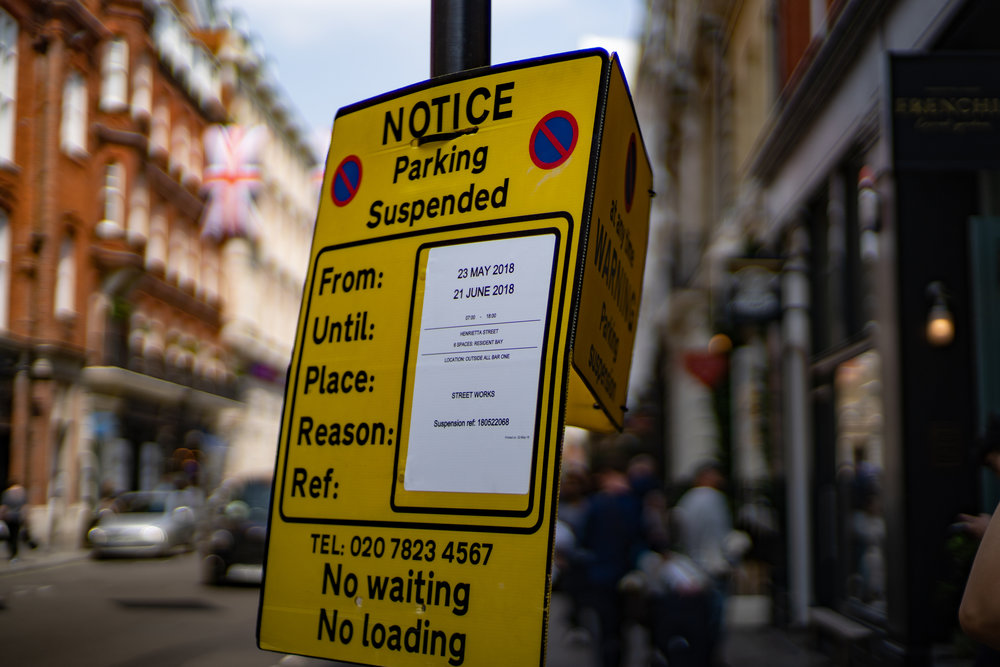
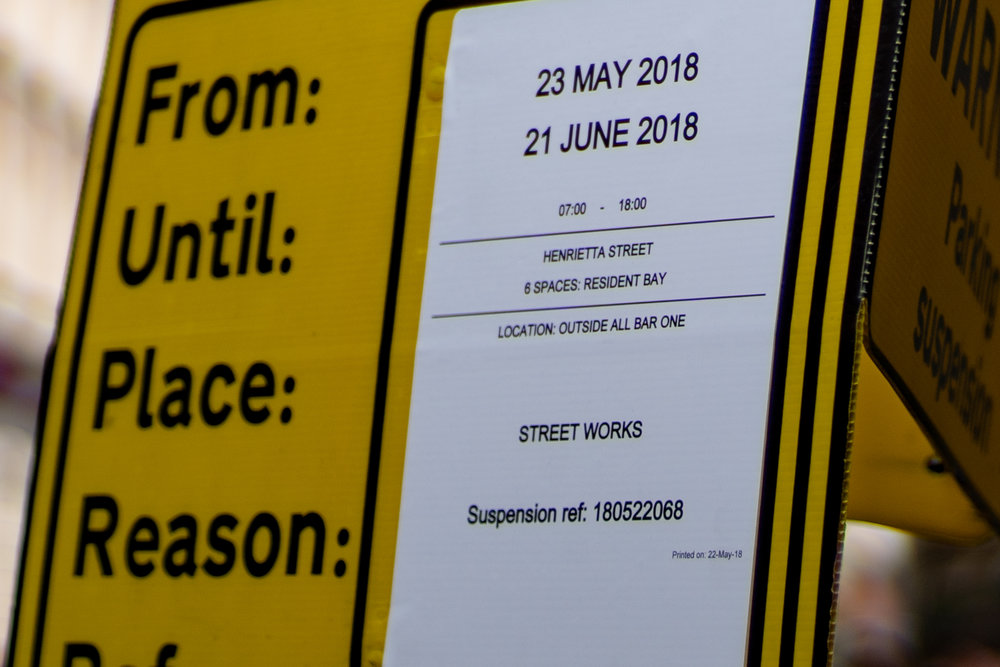
The big surprise for me was that the Techart really does work, and works very well. Autofocus is reliable, although slow by modern standards and there is more hunting than we are used to with AF systems in newer cameras such as the G9, OM-D E-M1 or the Leica CL. Speed and focus locking reminded me of Leica X1, steady but sure. Don’t forget, also, that the five-axis stabilisation in the Sony body can make a big difference to sharpness.
When focus does lock it is accurate, even at f/0.95 when the very narrow depth of field is illustrated to good effect. For quick street shots, even at wider apertures, the Techart does an exceptional job. In such circumstances, it can be quicker than manual focus on a rangefinder. Above all, the mere fact of being able to autofocus all my M-mount lenses comes as something of a revelation.
The Techart even manages to tame the Noctilux, although at maximum aperture the usual care is needed to choose the appropriate focus point when shooting portraits. The image below is a good example of a quick shot: Pull up the camera to the eye, lock on focus and press shutter. With manual focus in such a circumstance, I would tend to fiddle around more, making a number of quick judgments, and the result would not necessarily be better. He who hesitates can often be lost.
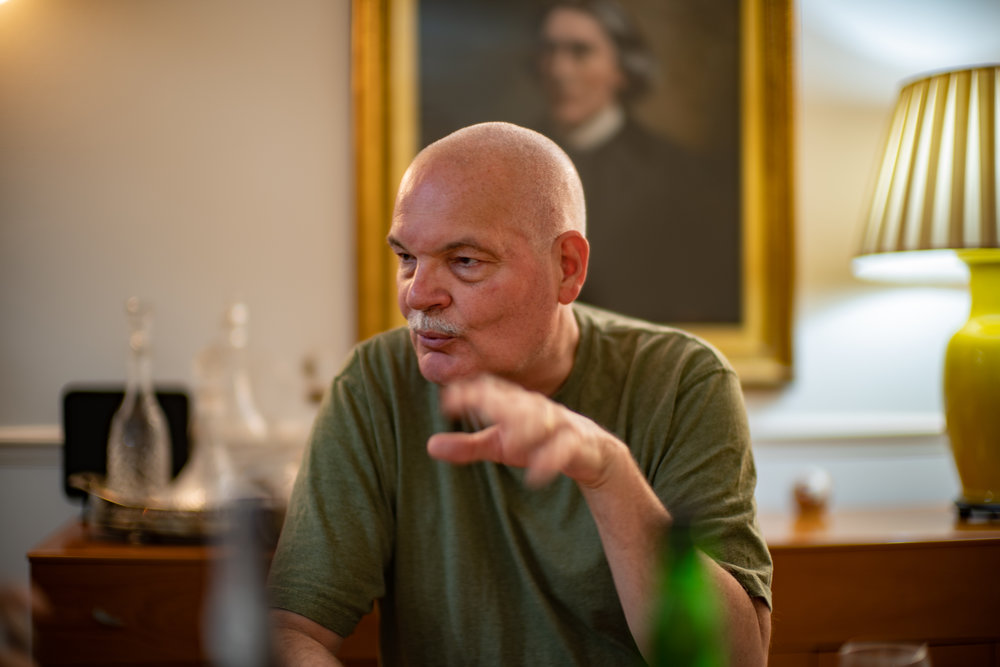
Another surprise is that the adapter itself is no thicker than my Novoflex E-M adapter. This is obvious when you think about it because the distance between sensor and lens has to be maintained. There is a snag, however, the motor and associated gubbins sit in a pod at the bottom of the adapter ring, extending 5mm beyond the base of the Sony. This is no big disadvantage, however. In fact, it acts as a handy propstand to stop the camera tilting forward onto the lens — except with the Noctilux where sheer physics takes over
The adapter is 100g heavier (at 135g) than the dumb Novoflex adapter (35g) and some might find this to be unwelcome. In my opinion, the added bulk is worth it for the fun the Techart affords. it is quite uncanny to experience autofocus for the fist time with manual M-mount lenses.
I will look at this novel adapter more closely over the next week or two. I am now thinking of taking the Sony, Techart and a couple of M lenses to cover the Biévres International Photo Fair this coming weekend. I had intended to take the CL or G9, but the ability to use autofocus on manual lenses is so intriguing that I am now sorely tempted.
Focus on this space….
___________
- Subscribe to Macfilos for free updates on articles as they are published
- Want to comment on this article but having problems?






"Oh", is my response, William.
"Leica M lenses are best used on Leica M cameras". I’ve happily used Leica M lenses on an Epson R-D1 (..with great results!..) and also on Sony A7S and A7RMkII cameras ..especially the A7S for photos in very dim light, for which Leica f1.4 lenses excel ..as does the A7S for photos by moonlight, for example.
Leica lenses are generally smaller and lighter than Sony lenses, with their focusing and aperture motors inside. I use Leica screw-fit lenses on other cameras; on a little Zorki (smaller and generally all-round nicer – for me, anyway – than my Leica IIIf, and quieter, too); and on a Canon (which has better 1.5x magnified focusing, but is noisier than the little IIIf); and on a whole range of other cameras: Ricoh GXR, for example.
I usually pick the lens(es) which I want to use, and then choose the camera best suited to the lens(es) for that situation (..e.g; A7S for very dim light; A7RII for high resolution if I may want to crop pictures later, etc). Many digital cameras – Nikons, for example – are indeed "..a computer with lenses.." but why should that be off-putting? Most cars are now "computers with wheels". Many radios and TVs are now "computers with an antenna". (There may be a perverse joy in using a cat’s whisker to pluck radio transmissions out of nothing, but one can’t fill a room with sound from a coil, an aerial and a variable condenser.)
I’m a "mix’n’match" kind of person; Zeiss, Canon, Leica, Laowa ..it just depends on the results I want. For lightness and flexibility I often use Olympus micro-four-thirds cameras and lenses ..and sometimes even put a small, light, wide-aperture Leica lens on the front! ..As the lenses are so good, why use them only on Leica cameras?
I have used Leica lenses on all types of cameras including Lumix and Fujifilm models as well as on other makes with LTM mount such as Zorki and Leotax. I have also used a wide range of LTM lenses on Leica M cameras. My comment here relates to my experience in recent times with the lenses provided by Fujifilm, particularly the primes. These provide much better results than Leica M lenses on a Fujfilm X camera. They do not, however, produce as good a result as Leica M lenses used on a Leica M camera. I hope that makes sense.
On to the computer with lenses comment, this relates to the issue of handling and not to computers per se. I am fully aware about computing and it’s wide application nowadays. My home and car are full of it. My preference when it comes to cameras is a design whereby I can change speeds with a dial and apertures with an aperture ring.
All of my comments are tongue in cheek, of course, but I do know what I like when it comes to using cameras. I fully realise that others will have different tastes.
I am also a ‘mix and match’ type of person. My next photographic shoot will be with a Vest Pocket Kodak Model B from the late 1920s using 127 film.
William
The results are impressive. They would not tempt towards the Sony which to my eyes is a computer with lenses (all digital cameras are this, but some are more of a computer than others). I see that the Techart device works with the Medium Format Fujifilm GF-X. Now if they would only produce one for the Fujifilm X -series with ‘proper’ manual controls, I might consider this, but, of course, Leica M lenses are best used on Leica M cameras. All a bit ‘circular’, methinks.
William